




Are you planning to move your washing machine to a new location? Moving heavy appliances like washing machines can be a daunting task, but with the right preparation and steps, it can be done safely and easily. In this step-by-step guide, we will walk you through the process of moving a washing machine, ensuring that you avoid any injuries and protect your appliance from damage.
Step 1: Preparation
Before you begin the moving process, it’s important to prepare your washing machine properly. Start by unplugging the machine from the power source and disconnecting any water hoses. Empty the remaining water from the machine and secure any loose parts like the soap dispenser or the drum. This will prevent any water leakage during the move and protect the machine from damage.
Step 2: Gathering Supplies
Next, gather all the necessary supplies for the move. You will need a dolly or hand truck, moving straps or ropes, furniture blankets or pads, and a set of gloves. These supplies will make it easier to lift and transport the washing machine without straining your back or causing any scratches on the appliance or your floors.
Step 3: Lifting and Loading
With the help of a strong friend or a moving partner, carefully tilt the washing machine onto the dolly or hand truck. Secure it in place using the moving straps or ropes to prevent it from falling during transportation. This will ensure that the machine remains stable and intact during the move.
Note: It’s always advisable to check the manufacturer’s instructions or consult a professional if you are unsure about the best way to secure your specific model of washing machine.
Step 4: Moving and Unloading
Once the washing machine is securely strapped onto the dolly, carefully move it to the desired location. Take extra precautions while navigating stairs or tight spaces to prevent any accidents. Once you have reached the new location, gently lower the machine from the dolly and remove any straps or ropes. Make sure to place the machine on a level surface to avoid any imbalance or shaking during operation.
By following these steps, you can successfully move your washing machine without any hassle or damage. Just remember to take your time, use caution, and seek professional help if needed. Happy moving!
Preparing for the Move
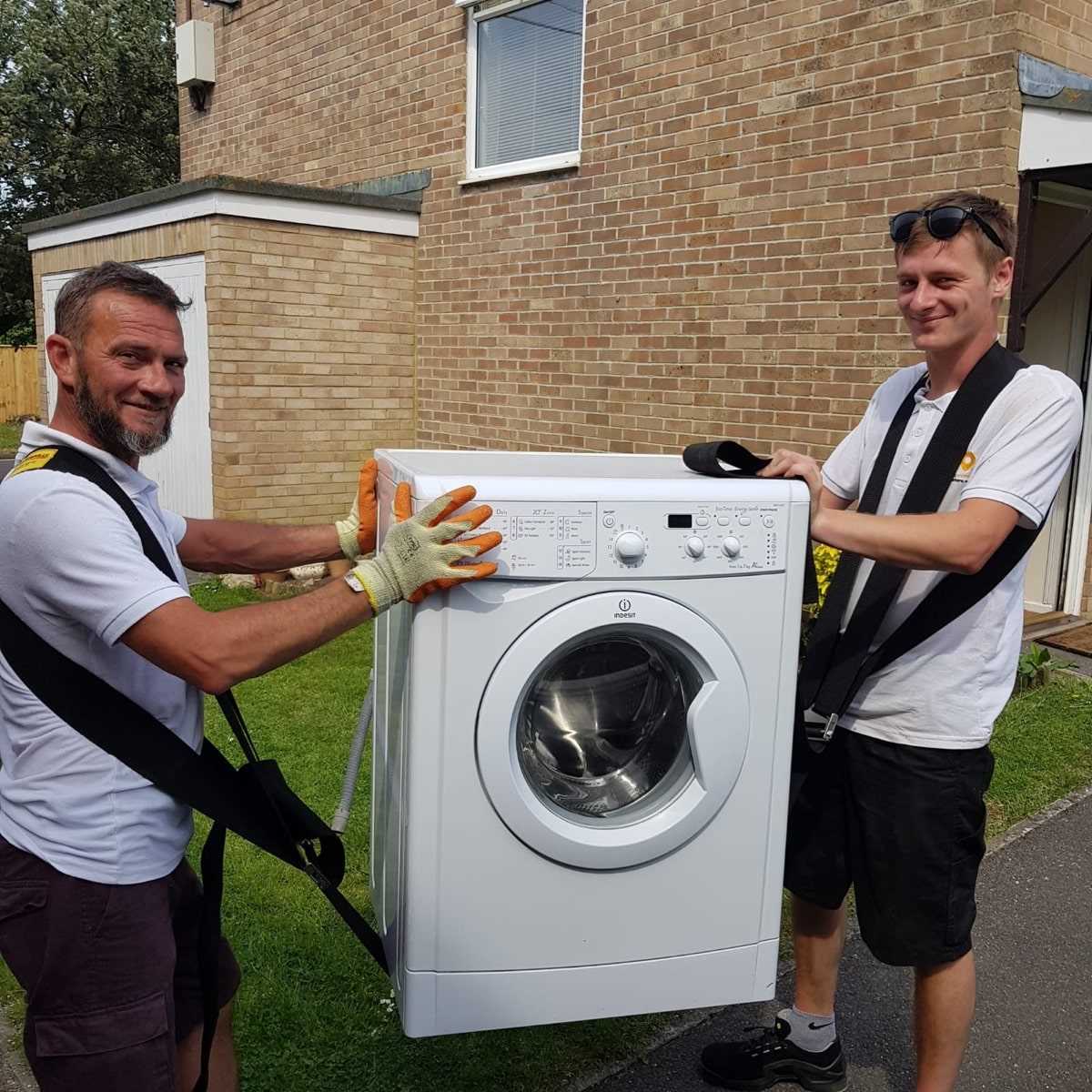
Before you begin the process of moving your washing machine, there are a few preparations you should make to ensure a smooth and successful move:
- Measure the space: Take measurements of both your current laundry room and the new location where you plan to move your washing machine. Ensure that the new space can accommodate the dimensions of your washing machine.
- Gather supplies: Collect the necessary supplies for the move, including moving blankets, packing tape, a dolly, and any other tools that may be necessary.
- Secure loose items: Remove any loose items from your washing machine and secure them separately. This includes items such as detergent, fabric softener, and any other loose or removable parts.
- Disconnect from power and water sources: Before moving your washing machine, disconnect it from both the power source and the water supply. Turn off the water valves and unplug the machine from the electrical outlet.
- Empty the machine: Ensure that your washing machine is empty and free of any water or clothing. Run a final empty cycle to remove any remaining water.
- Take photos and notes: Before disconnecting any hoses or cords, take photos or make notes of the setup and connections. This will help you when reconnecting the machine in its new location.
- Contact professionals if necessary: If you are unsure about any aspect of moving your washing machine, it may be best to contact professionals who can assist you with the process.
Gathering the Necessary Tools and Supplies
Before you begin moving your washing machine, it’s important to gather all the necessary tools and supplies. Having everything on hand will help make the process smoother and more efficient.
1. Moving Dolly
A moving dolly is an essential tool for moving heavy appliances like a washing machine. It is a sturdy platform with wheels that can support the weight of the machine and make it easier to transport.
2. Furniture Blankets or Moving Pads

Furniture blankets or moving pads provide padding and protection to prevent scratches and damage to your washing machine during the move. Make sure to have enough blankets to fully wrap and cover the entire machine.
3. Packing Tape
Packing tape is necessary for securing the furniture blankets or moving pads in place. It will help keep the blankets from slipping or coming loose during the move.
4. Adjustable Wrench

An adjustable wrench is needed to disconnect the water supply hoses from the washing machine. It allows you to easily loosen and tighten the hose connections without damaging them.
5. Screwdriver
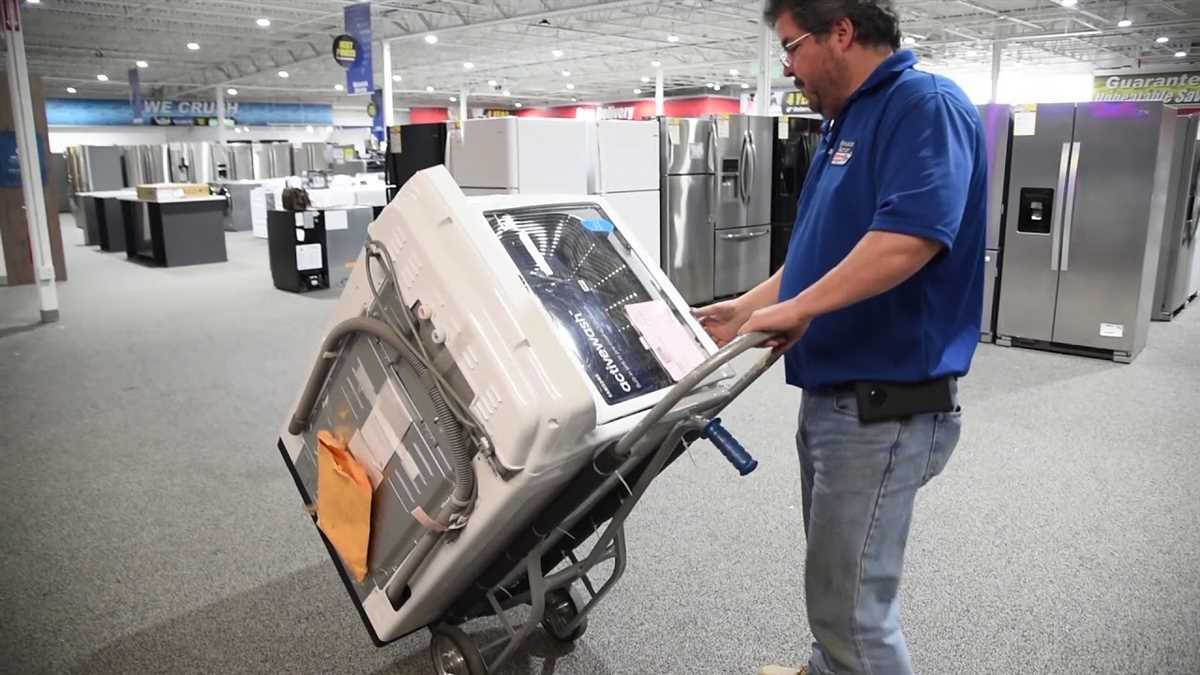
A screwdriver may be required to remove any screws or fasteners that are holding the washing machine in place. Check the manufacturer’s instructions or the machine’s user manual for guidance on which screws need to be removed.
6. Safety Straps
Safety straps can be used to secure the washing machine to the moving dolly. They provide extra stability and prevent the machine from shifting or falling off during transportation.
7. Plastic Bags
Plastic bags can be used to store and transport any loose screws, nuts, or bolts that were removed from the washing machine. Keeping these small parts together in a bag helps prevent them from getting lost during the move.
8. Cleaning Supplies
Once you have safely moved your washing machine to its new location, you may need cleaning supplies to clean both the machine itself and the area where it will be placed. This can include cleaning agents, rags, and a broom.
By gathering these necessary tools and supplies before you start moving your washing machine, you’ll be well-prepared and ready to safely complete the task. This will help ensure that your washing machine is protected during the move and that the process goes smoothly from start to finish.
Disconnecting and Preparing the Washing Machine
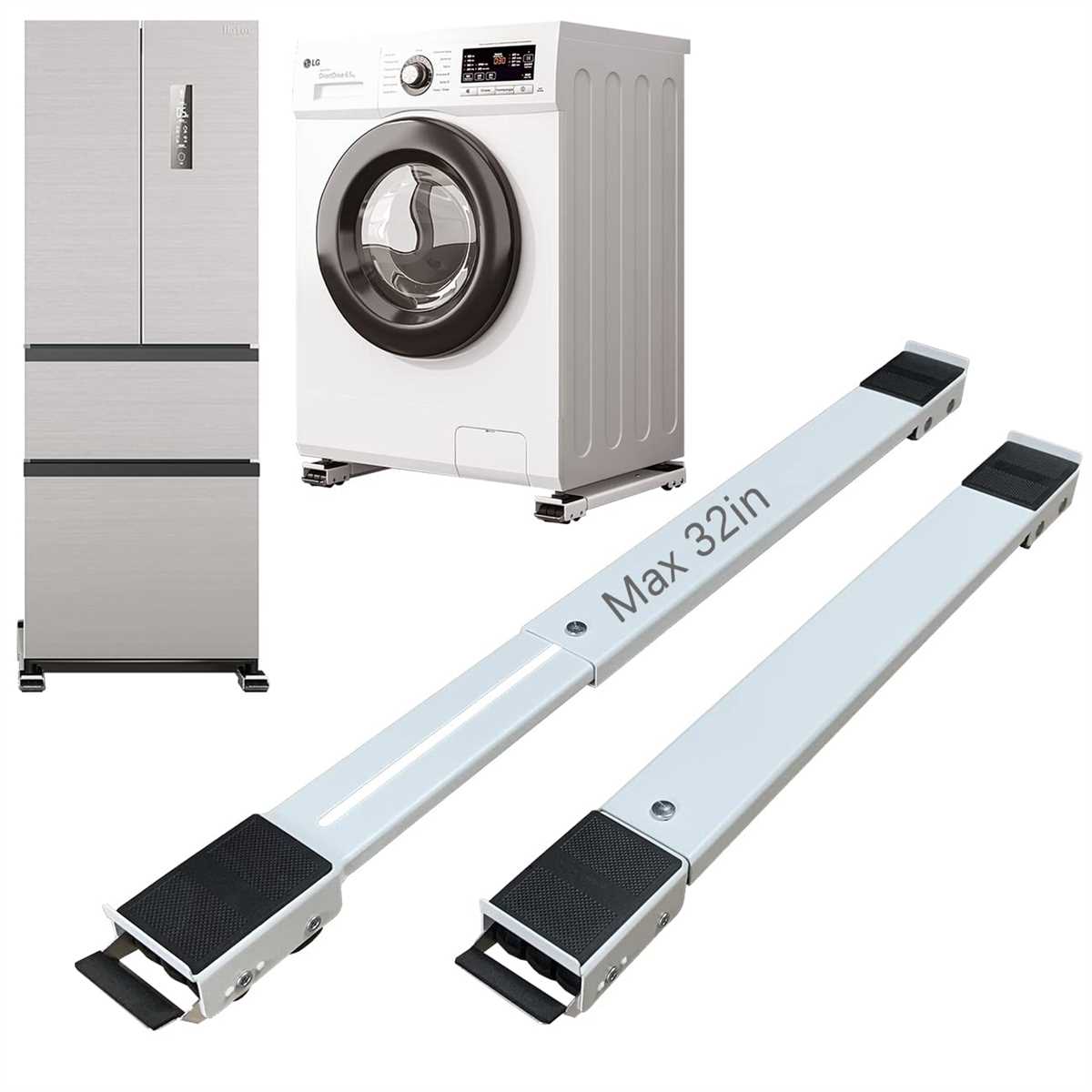
Before moving your washing machine, follow these steps to safely disconnect and prepare it:
- Turn off the power: Begin by unplugging the washing machine from the power outlet. This will prevent any electrical accidents during the moving process.
- Shut off the water supply: Locate the water supply valves behind the washing machine. Turn them clockwise to shut off the water supply. If there are no individual valves, you may need to turn off the main water supply to your home.
- Disconnect the water hoses: Once the water supply is shut off, carefully disconnect the water hoses from the back of the washing machine. You may need pliers or an adjustable wrench to loosen the hose connections.
- Empty the water hoses: To prevent water spills during the move, ensure that the water hoses are emptied. Hold the hoses upright over a bucket or sink and allow any water to drain out.
- Secure the water hoses: After the hoses are empty, coil them up and wrap them securely with tape or a zip tie. This will prevent them from tangling or causing any accidents while moving.
- Detach the drain hose: Locate the drain hose at the back of the washing machine and carefully detach it. Empty any water remaining in the hose and secure it just like the water hoses.
- Remove any accessories: Take off any removable accessories like lint filters, bleach dispensers, or fabric softener trays. These items can be packed separately to prevent damage during the move.
By following these steps, you’ll ensure a safe and hassle-free process when moving your washing machine.
Moving the Washing Machine
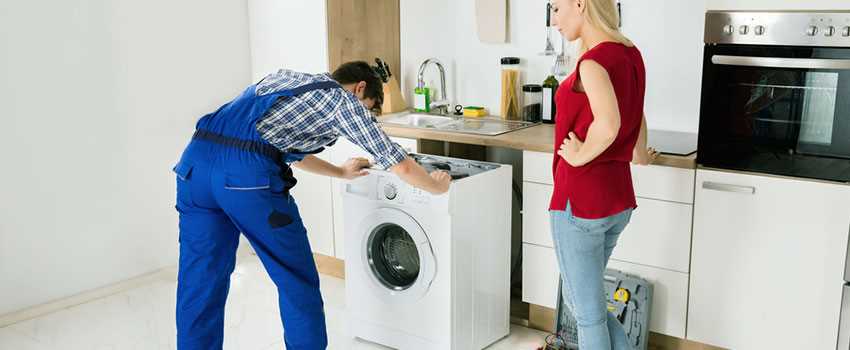
Before moving the washing machine, it is important to take some necessary precautions to ensure a safe and successful move. Follow these steps:
- Prepare the washing machine: Unplug the machine from the power source and disconnect it from the water supply. Empty the washing machine and remove any loose items, such as laundry detergent or fabric softener.
- Secure the drum: To prevent damage to the drum during transportation, secure it by placing a styrofoam block, towels, or blankets between the drum and the sides of the machine.
- Secure the door: If your washing machine has a door, secure it using a bungee cord or rope to prevent it from swinging open during transport.
- Protect the control panel: If your washing machine has a control panel, protect it from any scratches or damage by covering it with a towel or bubble wrap.
- Use a dolly or furniture slider: To make it easier to move the washing machine, place it on a dolly or use furniture sliders to easily glide it across the floor. This will help prevent strain on your back and make transportation smoother.
- Secure the washing machine for transport: Use straps or ropes to secure the washing machine to the dolly or furniture sliders. Make sure it is tightly secured to prevent it from falling or moving during transportation.
- Load the washing machine: Carefully load the washing machine onto a truck or trailer. If possible, place it in an upright position to minimize the risk of damage.
- Drive with caution: When transporting the washing machine, drive with caution and avoid making sudden stops or sharp turns. This will help prevent the washing machine from shifting or falling over.
- Unload and re-install: Once you arrive at your new location, carefully unload the washing machine and reinstall it according to the manufacturer’s instructions. Make sure to reconnect the water supply and plug it back into the power source.
By following these steps, you can safely and easily move your washing machine to its new location without any damage.
Reconnecting and Testing the Washing Machine
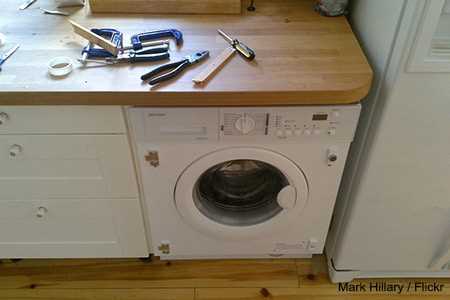
Step 1: Reconnecting the Water Supply
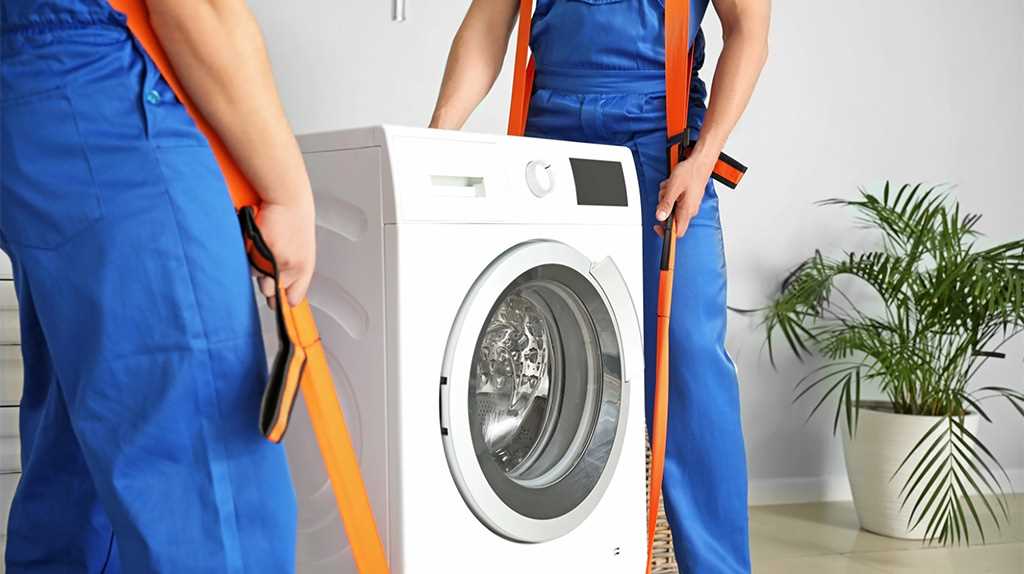
Once you have moved the washing machine to its new location, you will need to reconnect the water supply. Follow these steps:
- Locate the water hose connections at the back of the washing machine.
- Connect the hot and cold water hoses to the corresponding water supply valves.
- Tighten the hose connections using pliers to ensure they are secure.
Step 2: Checking the Drain Hose
Before using the washing machine, make sure the drain hose is properly connected. Here’s what you need to do:
- Inspect the drain hose for any twists or kinks.
- Connect the drain hose to the drain pipe or utility sink.
- Ensure the connection is secure and there are no leaks.
Step 3: Testing the Washing Machine
Once all the connections are in place, it’s time to test the washing machine. Follow these steps:
- Close the washing machine door securely.
- Turn on the water supply valves.
- Plug in the washing machine and ensure it is receiving power.
- Select a test cycle, such as a quick wash or a rinse cycle.
- Start the cycle and allow the washing machine to run for a few minutes.
- Check for any leaks around the connections or from the washing machine itself.
Step 4: Adjusting the Washing Machine
If the washing machine is vibrating excessively or making loud noises, you may need to adjust its positioning. Here are some tips:
- Ensure all four legs of the washing machine are in contact with the floor.
- Use a level to check if the washing machine is balanced.
- If necessary, adjust the legs until the washing machine is level.
Step 5: Cleaning the Washing Machine
Before you start using the washing machine regularly, it’s a good idea to clean it. Here’s how:
- Run an empty cycle with hot water and a cup of white vinegar. This will help remove any leftover residue.
- Wipe down the inside of the washing machine with a damp cloth.
- Leave the washing machine door open for a few hours to let it air dry.
By following these steps, you will be able to safely and easily reconnect and test your washing machine after moving it.
FAQ
How do I prepare my washing machine for moving?
To prepare your washing machine for moving, you should start by unplugging it from the power source. Then, turn off the water supply and disconnect the hoses. Make sure to drain any remaining water from the machine, and secure the drum with transit bolts or securing straps. Finally, clean the machine and empty any laundry from inside.
Can I move a washing machine by myself?
Moving a washing machine alone can be difficult and risky. It is recommended to have at least one other person to help you lift and carry the machine. This will ensure your safety and prevent any damage to the machine or to yourself.
What tools do I need to move a washing machine?
When moving a washing machine, you will need a few tools and supplies. These include a moving dolly or trolley, straps or ropes to secure the machine, and protective covers or blankets to protect it during transport. You may also need a wrench or pliers to disconnect the hoses.
How do I transport a washing machine in a car?
To transport a washing machine in a car, you will need to first disconnect and prepare the machine. Then, carefully tilt the machine and slide it onto a moving dolly or trolley. Secure the machine with straps or ropes, and cover it with protective blankets. Carefully place the machine in the car, making sure it is stable and won’t move during transport.
Is it necessary to hire professionals to move a washing machine?
Hiring professionals to move a washing machine is not necessary, but it can be a good idea if you are unsure about how to do it safely. Professional movers have the experience and equipment necessary to move heavy appliances without causing any damage. However, with proper preparation and precautions, you can move a washing machine yourself.
Do I need any special tools or equipment to move a washing machine?
No, you do not need any special tools or equipment to move a washing machine. However, it is recommended to have a dolly or hand truck to make the process easier and safer.











